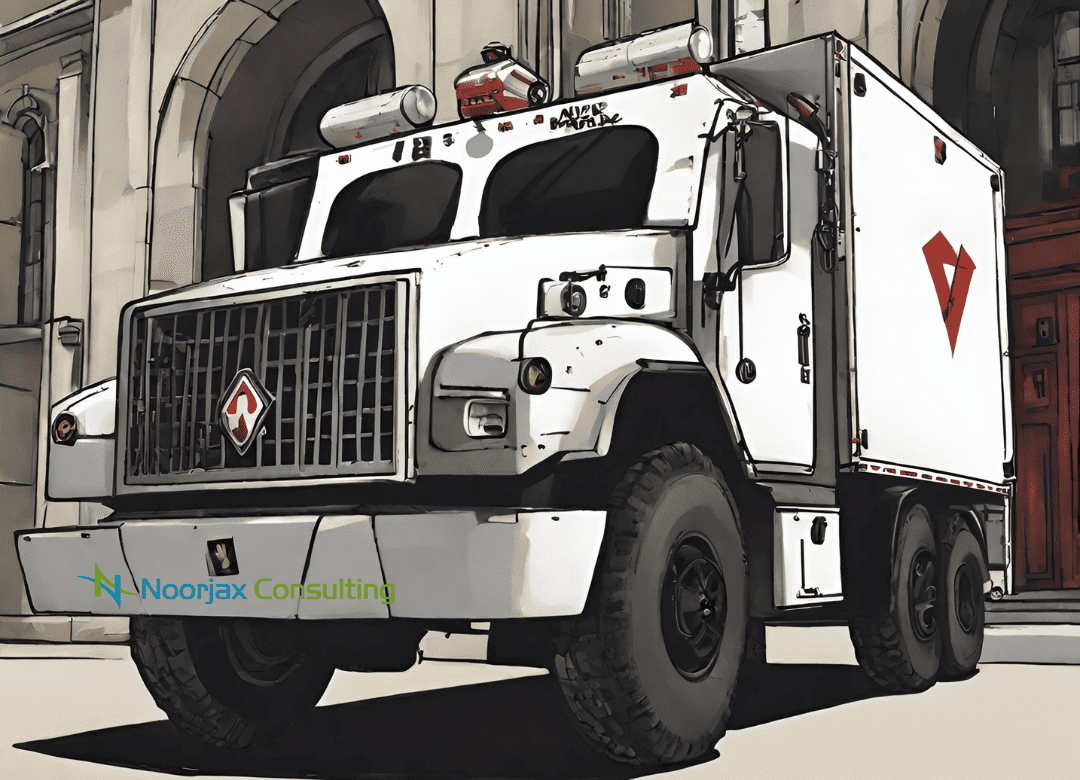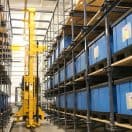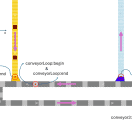When you build a simulation model, you get to learn how the business work. On this blog we want to show an example on what we learn from the business in one of our projects. You can check the project details here: https://noorjax.com/portfolios/cash-iot/
Armored couriers, also known as armored truck drivers or armored transport professionals, are individuals employed by security companies to safely transport valuable items such as cash, jewelry, precious metals, sensitive documents, and other high-value goods. They work in a specialized field of logistics and security, ensuring the secure movement of assets between locations. The main purpose of armored couriers is to protect the valuable cargo they transport from theft, robbery, and other potential risks. They operate armored vehicles equipped with enhanced security features, including bullet-resistant glass, reinforced body panels, GPS tracking systems, and communication devices.
In the world of finance and security, the movement of cash by armored transport plays a crucial role in ensuring the safe transfer of funds between banks and retailers. However, the current system faces challenges such as manual handling, human error, and limited visibility. In this blog post, we will explore the existing state of cash movement and the interactions between retailers, banks, and armored couriers.
The business nature of retailers and banks necessitates the constant transfer of cash between them. Armored couriers are hired to do these kinds of transfers. Retailers create deposits randomly. Some retailers create a single deposit for a full week, bigger retailers such as Walmart have multiple bags each day. Accordingly, they have contractual agreements with the courier for scheduled pickups that can be done once per week, a certain number of times per week, and a maximum of once per day for big retailers. In addition to these normal deposits, some retailers have smart safes where cash is immediately deposited to the retailer’s account. These smart safes still have to be emptied of cash deposits by the courier. Also, retailers sometimes initiate change requests from the bank when they have a deficit in a certain type of bill or coin.
Therefore, the cash transfer that occurs between the 2 parties are in the form of deposits or smart safe reconciliations going from the retailer to the bank, and in the form of change request fulfillments going the other way from the bank to the retailer.
From a courier perspective, each courier branch has a certain number of trucks. In the morning, trucks leave with bags of cash and the list of all assigned stops. Deposits and smart safe reconciliations that are picked up from the retailers are brought to the branch for sorting and transferred to the banks the next day. Same process regarding the change requests that are picked from the bank and transferred to the retailers the next day. A bank and a retailer may have a different armored courier (a competitor) contracted for transport. In these cases, a transfer between couriers needs to take place. This means that trucks need also to pass by other competitor branches to pick up bags that were collected by the competitor the previous day. These bags are also taken to the courier branch and transported to their final receiver the next day. In addition to these stops, couriers are also responsible for collecting and refilling cash in ATMs.
Such a delicate and high liability entailing process needs to be carefully planned and conducted, especially upon the transfer of bags from one party to the other. The cash bags that are picked up at the source are tagged with a unique barcode. Upon transfer of bags from one end to the other, the bags are always inspected (called a six-sided inspection), they are scanned, information related to each bag are entered into a paper or electronic manifest, and papers are signed representing the transfer of custody.
At the branch, the process of handling, sorting, and routing the bags is even more complicated. When the bags arrive in the truck to the branch, they need to be stored in vaults for delivery the next day. When the bags arrive, one-by-one, each bag of cash is presented to a vault teller. The teller scans the bag with a barcode scanner, sees it on the electronic manifest, checks it as “received”, and does a quick bag inspection. The teller will then place the bag into a presort area. This process is repeated until all bags are received by the vault teller. The vault teller will finally sign to take possession of all the bags. During this process, the vault tellers do some presorting at the window. Another group of tellers take the presorted bags and sort them by bank. Overnight, another crew will double check the sorting of the bags and try to resolve any mis-sorted bags. They also start sorting bags into routes for the following day. In the early morning, the processing team arrives and checks the sort again and then assigns the bags to tellers for processing.
As apparent, the transfer, handling, and sorting, are all critical steps with potential human errors. Reconciling bags, verifying contents, and sorting by bank are tasks that demand precision to avoid discrepancies. Any discrepancies go through an evidence collection and historical research process. Couriers carry insurance for lost bags. Incorrectly counted bags when they are picked up from the retailer always fall on the responsibility of the retailer. If there is tampering by someone in any location, it is very hard to prove.
What can you propose as a method to optimize the process in general, mainly to reduce the time and effort for sorting, inspecting, and routing at the courier branch? What can be done to increase the level of visibility and overcome the challenge of completing the process with minimum amount of errors and legal conflicts?





